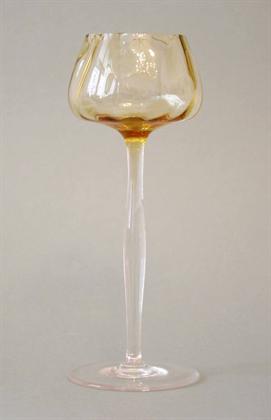 Wine glass toned yellow
1899
Wine glass toned yellow
1899
Koloman Moser
Wien 1868 - 1918 WienKolo Moser was born in Vienna in 1868. He trained at the Academy of Fine Arts and the School for Applied Arts in Vienna where he later taught from 1899 to 1918. He was one of the founding members of the Viennese Secession and the Wiener Werkstätte whose style he influenced significantly until his withdrawal in 1908. It were above all the objects designed by Kolo Moser and Josef Hoffmann between 1903 and 1907 with their geometrical outlines and restrained decoration that established the international reputation of both artists. The “spiritual kindred” between Kolo Moser and Josef Hoffmann manifested itself again and again in almost identical formal designs. The square was – similar to Hoffmann – one of Moser’s favourite formal elements and was to become a mark of the Wiener Werkstätte in general, for instance as a formal grid in the most varied objects of patterned tin. Kolo Moser was also extremely successful as a graphic designer. His work was continuously featured in the Secession’s own journal “Ver Sacrum” in the form of graphic art and he also designed exhibition posters for the Secession, whose planar effects and motifs were trend-setting for other artists. His works in the three genres painting, graphics and applied arts are featured in many important public and private collections.
-
Wine glass toned yellow 1899
Vase design 1902
Glass Jug around 1900
Stool design 1901
Desk design 1901
Fauteuil design around 1901
-
Six Fauteuils design 1901
Ladies´Gift "Viennese Ball , 9th February 1901" 1901
Sideboard around 1901
View towards Ötscher from Amstetten 1913
Two Candy Boxes around 1900
Two Armchairs design 1901
-
Ornamental Sketch around 1905
Two Glass Jugs 1899
Two Stools design 1901
Bench design 1901
Desk, design 1902 and Armchair, design 1901
-
Highback Chair around 1903
Eight Armchairs and Table design 1901
Desk design 1902
Cigar Bowl 1904
Chandelier 1901

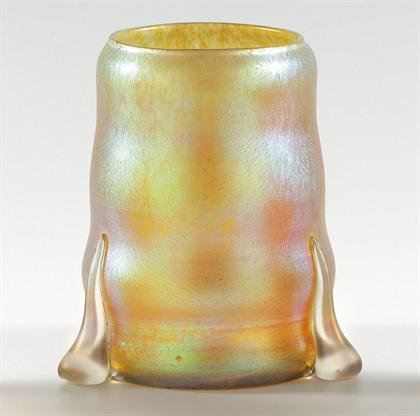 Vase
design 1902
Vase
design 1902
 Glass Jug
around 1900
Glass Jug
around 1900
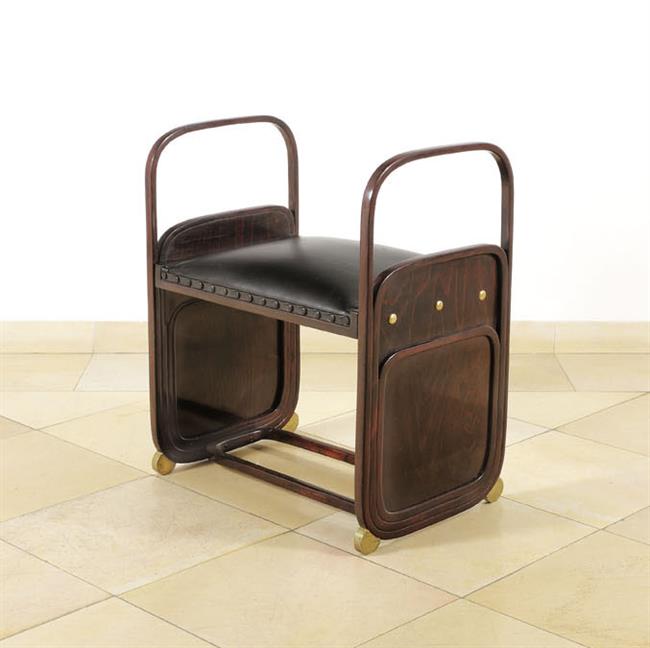 Stool
design 1901
Stool
design 1901
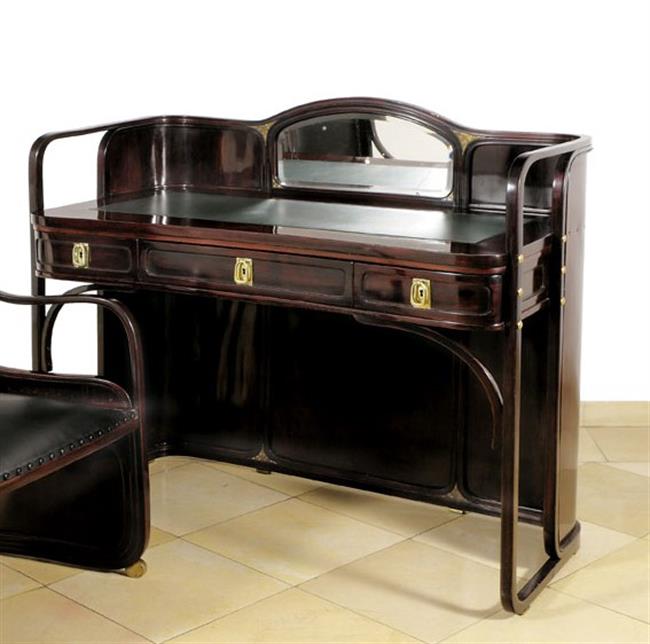 Desk
design 1901
Desk
design 1901
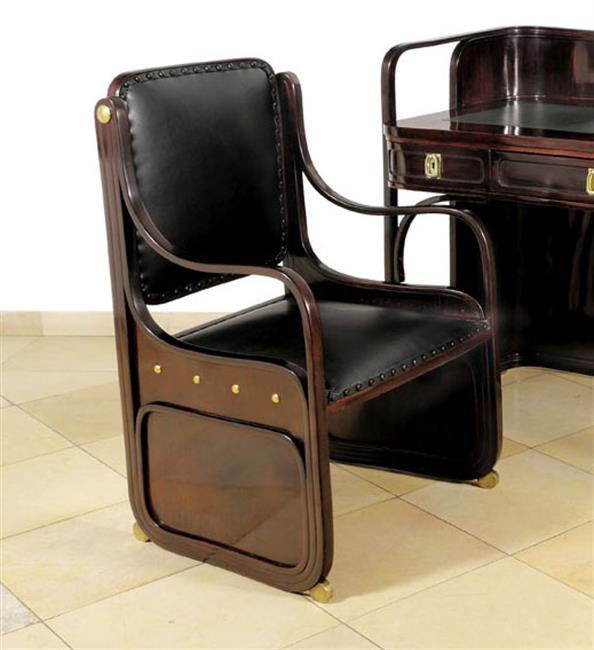 Fauteuil
design around 1901
Fauteuil
design around 1901
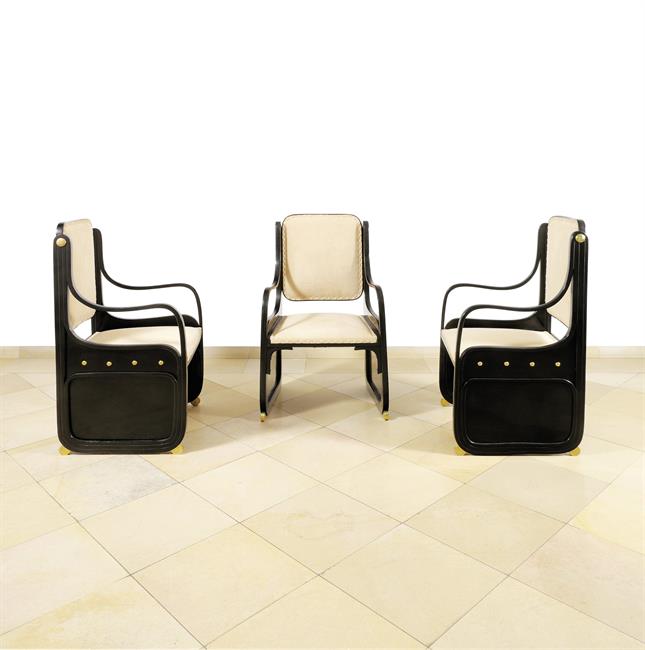 Six Fauteuils
design 1901
Six Fauteuils
design 1901
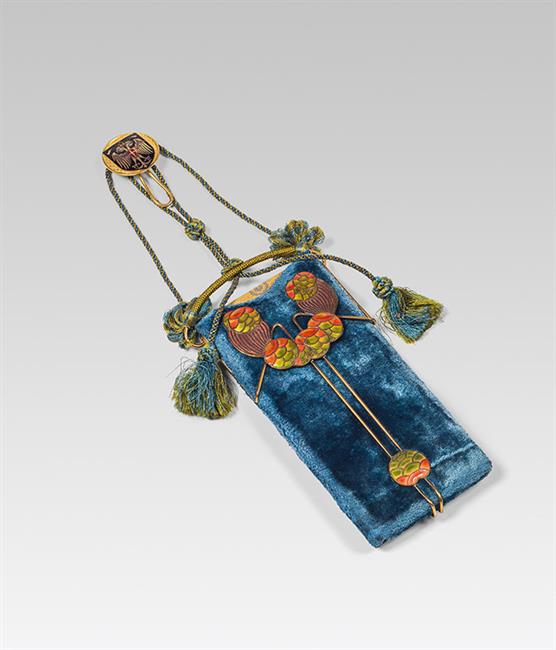 Ladies´Gift "Viennese Ball , 9th February 1901"
1901
Ladies´Gift "Viennese Ball , 9th February 1901"
1901
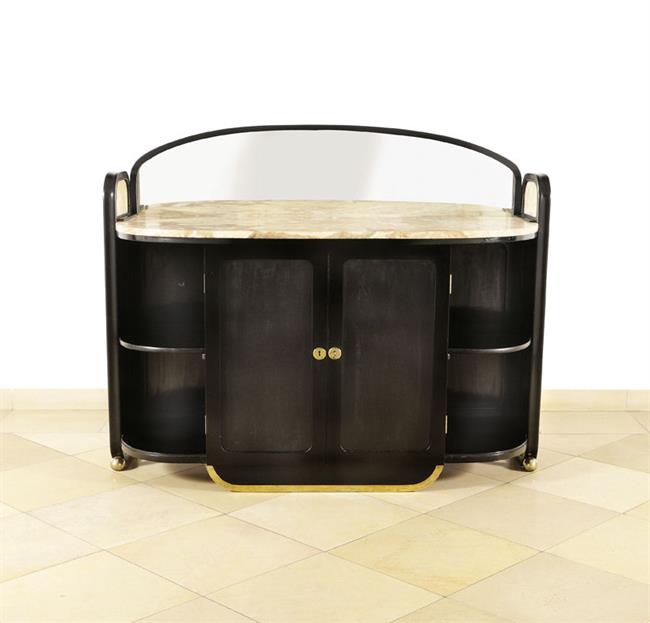 Sideboard
around 1901
Sideboard
around 1901
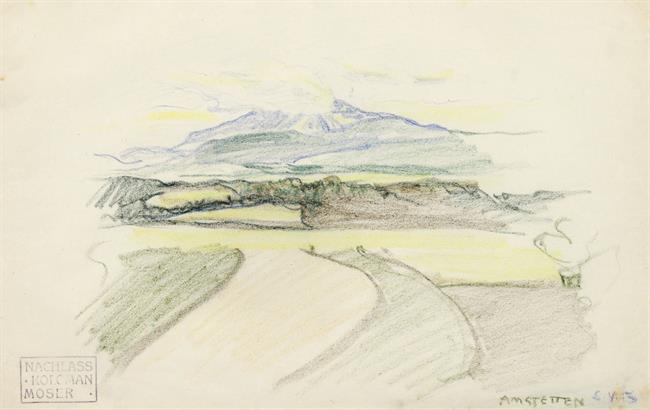 View towards Ötscher from Amstetten
1913
View towards Ötscher from Amstetten
1913
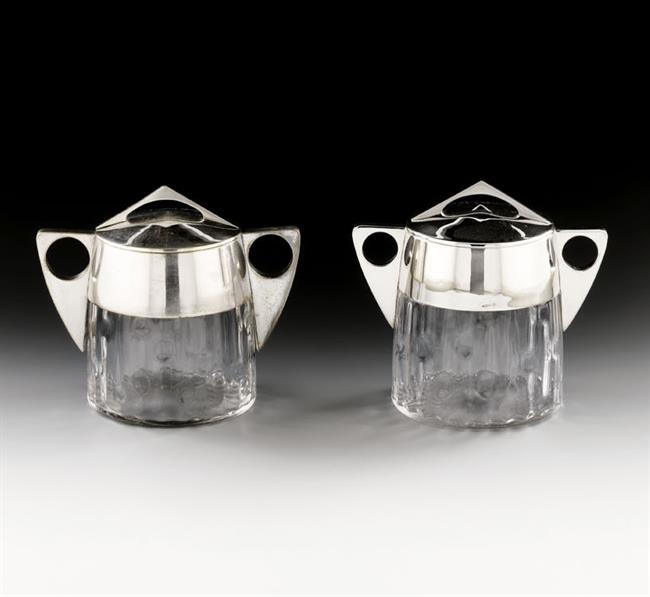 Two Candy Boxes
around 1900
Two Candy Boxes
around 1900
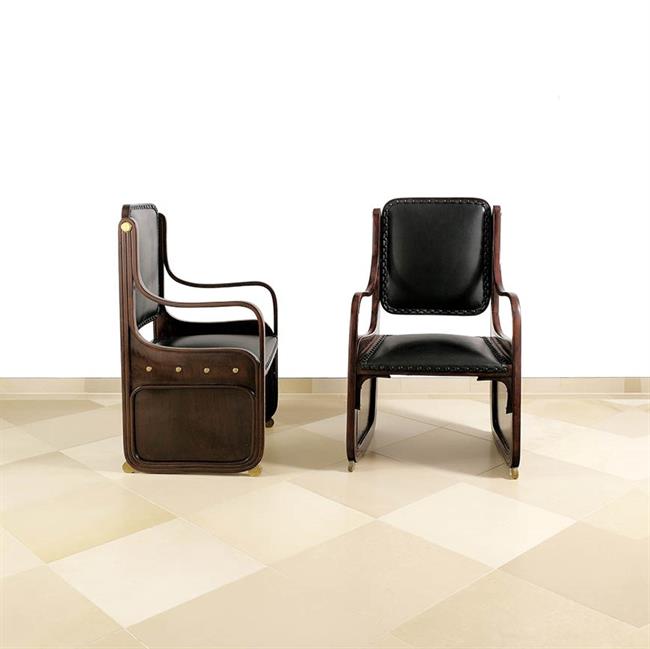 Two Armchairs
design 1901
Two Armchairs
design 1901
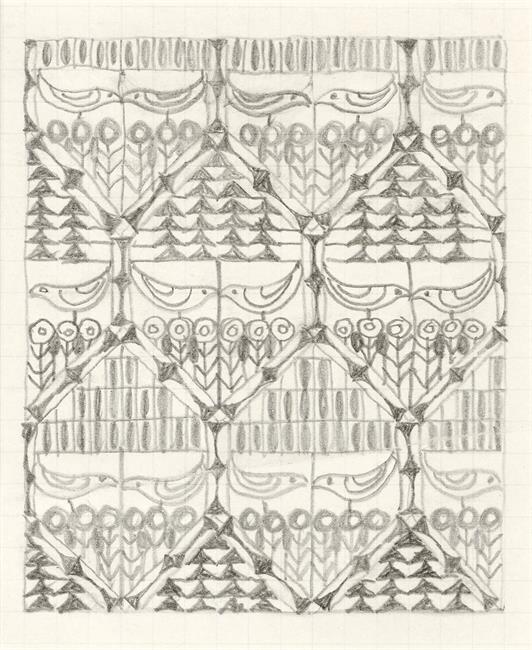 Ornamental Sketch
around 1905
Ornamental Sketch
around 1905
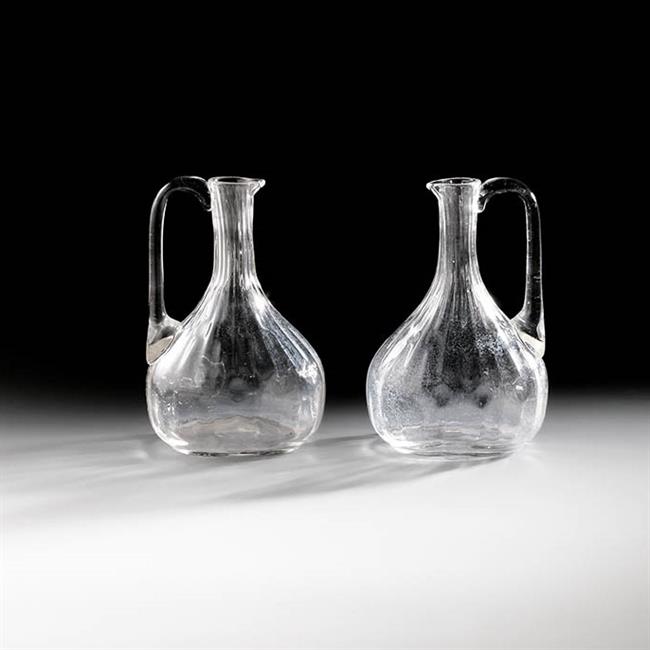 Two Glass Jugs
1899
Two Glass Jugs
1899
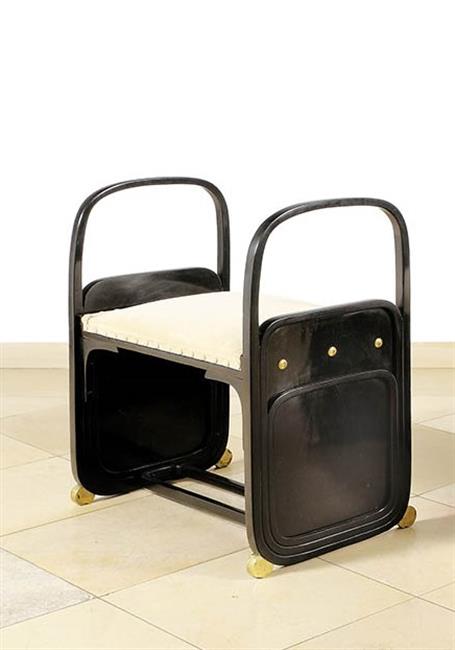 Two Stools
design 1901
Two Stools
design 1901
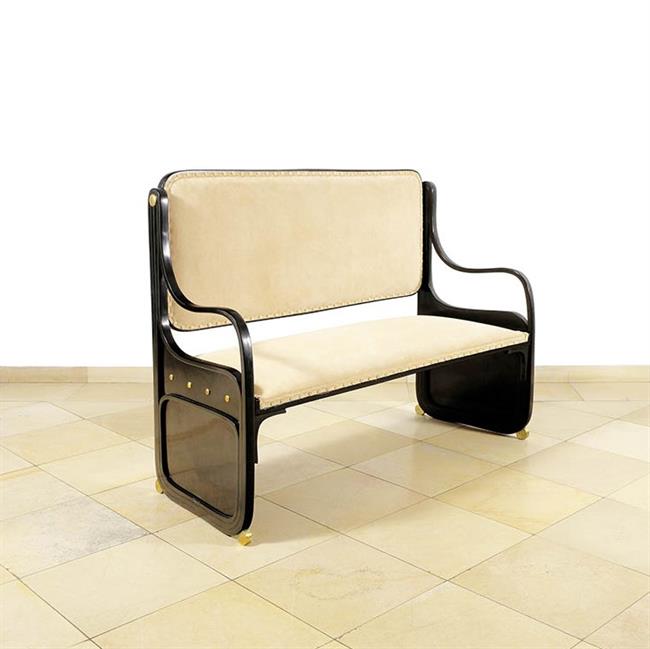 Bench
design 1901
Bench
design 1901
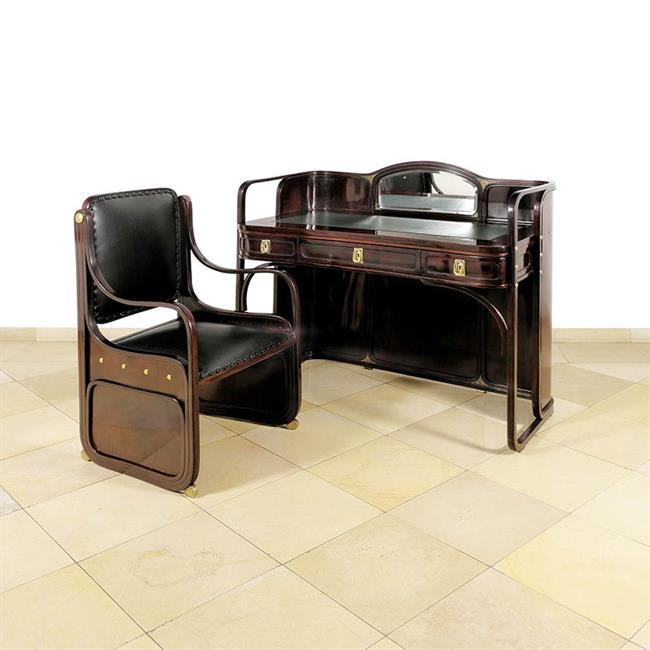 Desk, design 1902 and Armchair, design 1901
Desk, design 1902 and Armchair, design 1901
 Highback Chair
around 1903
Highback Chair
around 1903
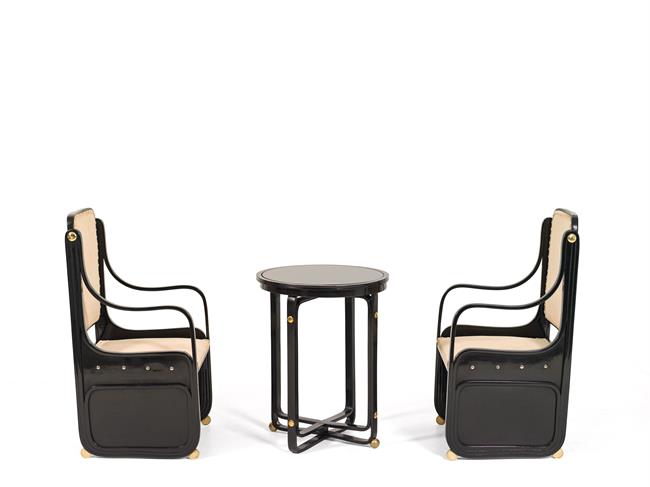 Eight Armchairs and Table
design 1901
Eight Armchairs and Table
design 1901
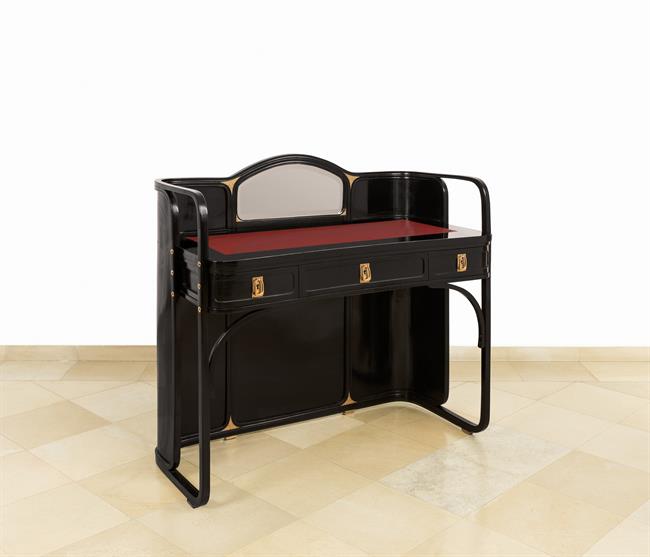 Desk
design 1902
Desk
design 1902
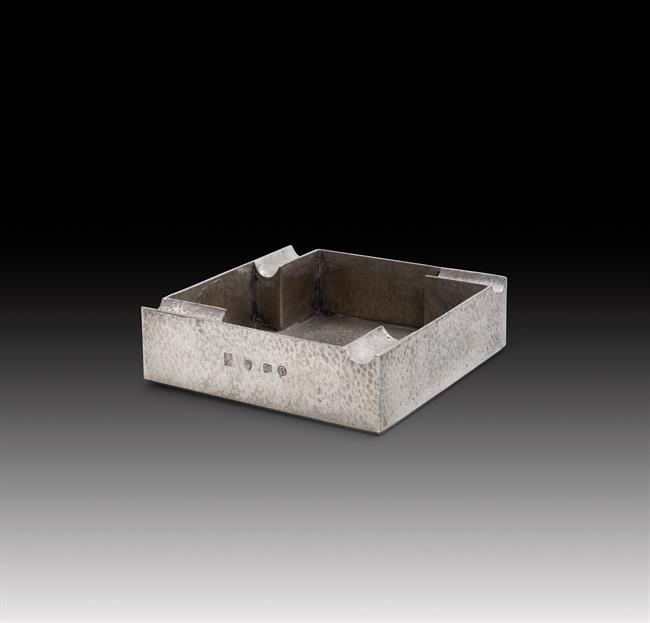 Cigar Bowl
1904
Cigar Bowl
1904
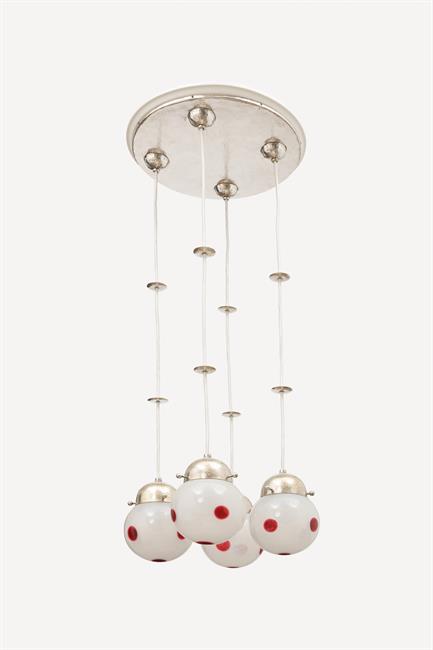 Chandelier
1901
Chandelier
1901